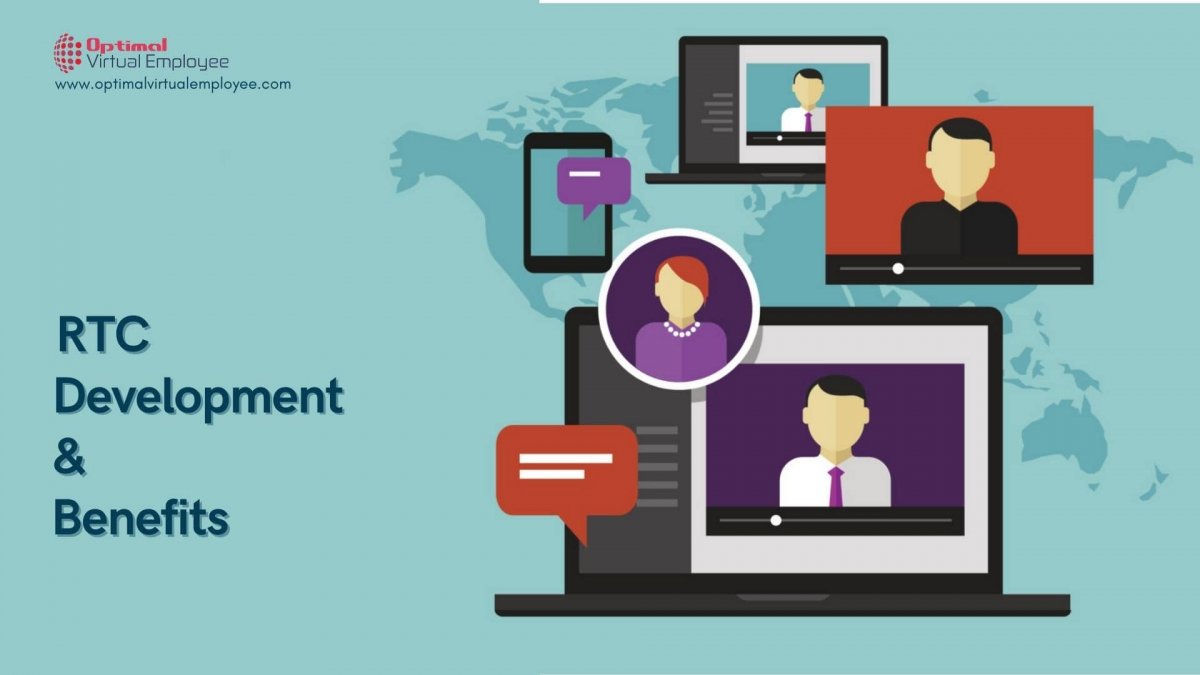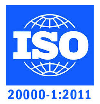Technological advancements have led us to real time communications where information sharing can happen live. The evolution of the data sharing rules and servers lead to real–time communication. Legacy request–response communication mechanisms offered a very constrained system of collaboration.
Right from instant messaging apps, live auction apps, multiplayer games to progress indicators to app experience seems complete without it. But from a web developer’s perspective developing real time communication into apps is not as simple as it sounds.
Benefits of Real Time Communication
Modern businesses need to share information instantly, enable quick decision making, develop products with speed and address customer complaints on priority in order to stay competitive. Real time web development allows employee collaboration 24*7 without any geographical limitations and extra expenditure. Users are free to use any device and still enjoy flawless uninterrupted connectivity, and thus contributes to the overall productivity of the business.
Real time communication tools also help with quick decision making when used during the sales process as they strengthen bonds with the customer. Leveraging real time communication tools also means gaining an edge over legacy online communication traditions. Web development done with real time communication facilities provides a singular hub for collaboration and communication. Such functionalities simplify chatting with peers, attending meetings, calling, and data sharing by integrating it all into a single interface.
Users, in particular, enjoy the immersive app experience thanks to real time functionalities. Not only does it add to all over business sales but also enhances the final return on investment over time.
Here are five ways to achieve real–time communication through APIs:
-
Integrations
APIs facilitate data sharing between websites, desktops, and smartphones. Direct sharing can bind systems together to make an integration. Integrations simplify processes as actions are automatically updated on integrated systems.
There are two major types of integrations. Client driven integrations allow one to integrate with the client and let the data to upgrade. Server driven integrations allow changes to the server and expect the client to be aware of the change. Since only the clients can initiate communication, they end up making requests while the server responds.
-
Regular Polling
In case of regular polling, the user requests the server for new information that needs sharing in a repeated fashion. The time gap between requests often varies on the basis of app needs. The server doesn’t respond to any latest information. Although not a textbook, the short polling interval poses multiple advantages.
Also, bandwidth misuse is not the main issue since there is inadequate data load, regular polling requires repeated round trips between client and server.
-
Long Polling
This advanced polling routine works beautifully for real time communications. When the user requests information from the server, it simply stays still waiting for something to happen.
In an alternative scenario, the request timed out. In case the server never responds, the client can make another request. Server can fire off a response all the time and can even supply the information in real time. Although a popular option, long polling makes custom orchestration a necessity.
-
Server-Send Events
Server–sent events give a single directional push from servers to the clients. These events make real time communication possible. EventSource objects that come standardized in HTML 5 can be used client side to capture streaming notifications from the server.
-
Web Sockets
Most web developers agree that with HTML 5 standardization, WebSockets have gained traction when it comes to real time communication development.
In the very beginning, the server and the client interact to ascertain that they use the same language over WebSockets. WebSockets enable dual–way communication ensuring long lasting connection. Here the server and client can communicate at all times. WebSockets enjoy massive platform support during web development. This results in robust real time communication at low latency.
In the End
It’s common knowledge that modern customers are spoilt by choice when it comes to instant gratification through the internet. Real time communication is but an extension of the same. Intelligent technical advancements have got the better of HTTP roadblocks. As evident in the article above, there are multiple ways to overcome HTTP hurdles and enable real–time communications during web development.
All techniques discussed above like WebSockets, Server–Sent events and Polling are robust and reliable options for real time communication building. Most of these ways of real time communication development are a web developer’s forte.
If you are a business looking for simpler ways to enable real time communication in your app, there are ready made frameworks that are open source and not complex at all. SignalR and gRPC are two such open source real time communication frameworks for businesses.
These frameworks take the difficulty out of real time web development. However, the easiest way to get real time functionality in your web apps is to hire web developers.
Read More:
How to Choose the Right Agency for your Next Web Development Project?









